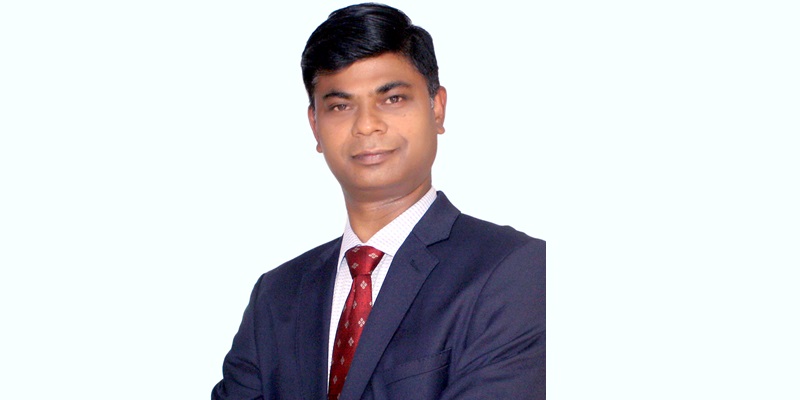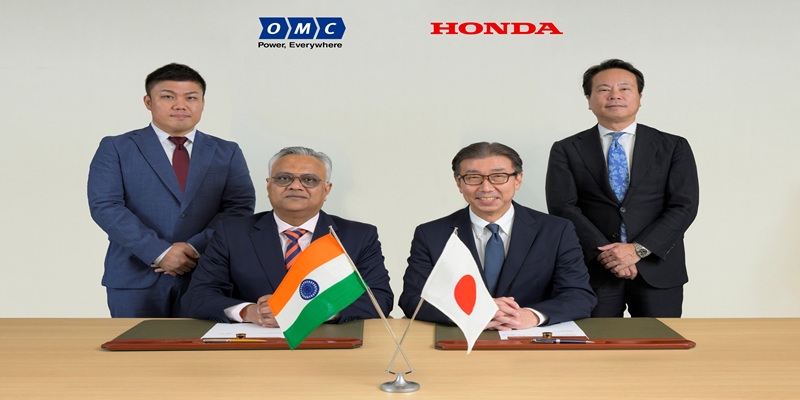Schedule a Call Back
“Globally energy storage has become a keystone for maintaining grid stability.”
 Industry News
Industry News- Sep 26,24

Related Stories

OMC Power aims 1 GW target, to scale up BESS deployment: Rohit Chandra
In this interview with Rakesh Rao, Rohit Chandra, MD and CEO of OMC Power, highlights the role of the distributed renewable energy sector in driving India’s energy transition.
Read more
OMC Power Attracts Investment from Honda Motor, Targets 1 GWp RE Capacity
The partnership unites Honda’s technology with OMC’s rural reach to drive a 1 GWp clean energy goal and advance battery repurposing innovation.
Read more
Juniper Green Adds 64 MWp Renewable Capacity across Gujarat and Maharashtra
Juniper Green Energy commissions ~64 MWp, completing wind and solar projects months ahead of schedule, underscoring its strong execution and clean energy focus.
Read moreRelated Products

Integrated Electric Gripper S Series
IBK Engineers Pvt Ltd offers a wide range of integrated electric gripper S series.

Geared Electric Motors
Delco Fans Pvt Ltd offers single phase capacitor run and three
phase geared Instrument motors, totally enclosed face/foot mounted.

“Kusam-Keco” Partial Discharge Acoustic Imager - Model - Km-pdai
‘Kusam-Meco’ has introduced a new “Partial Discharge Acoustic Imager Model KM-PDAI.
















